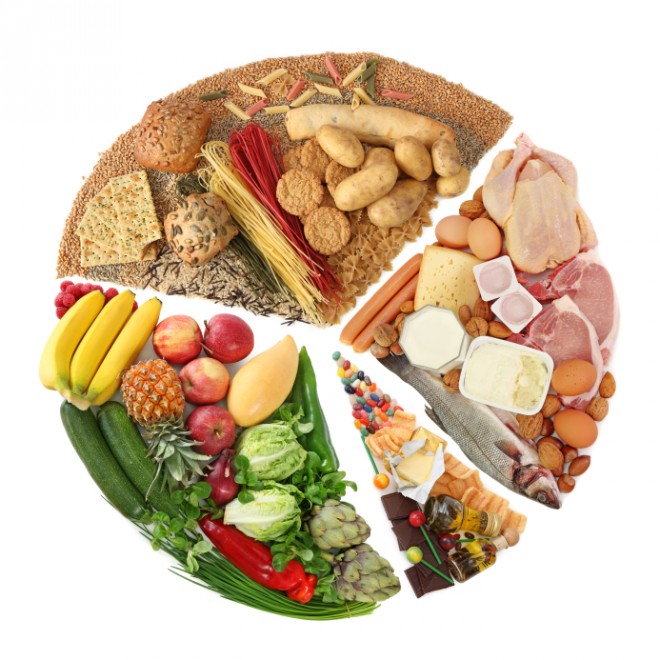
FRESH FOOD DIET RECOMMENDATIONS
FOR HEALTHY DOGS:
- DO NOT FEED GRAPES, RAISINS, ONIONS, MACADAMIA NUTS, CHOCOLATE, GREEN TOMATOES, GREEN POTATOES, MUSHROOMS, SUGAR-FREE GUM, OR HIGH FAT FOODS LIKE AVOCADOS.
- Adult dogs usually do best eating twice per day. Some animals even decide to fast occasionally on their own even if food is made available to them.
- To introduce a new diet, you can make the transition by slowly introducing the new food (mixing it for a few days with your dog’s old diet), or you can fast your dog for one or two days, ONLY when plenty of water is available.
Guidelines and amounts will vary depending on type of dog and activity level. Generally, the most important thing to consider is how the dog looks. The dog should have a “waistline” and the stomach area should be tucked up compared to the chest. The ribs should be easily felt and the bones of the spine should be higher than the muscles/fat on either side of the backbone. Increase or decrease the food intake to achieve this appearance.
FOR HEALTHY CATS:
Cats need animal tissue to fulfill certain protein requirements (they evolved to eat their prey; birds, mice, rats, squirrels, fish and insects). They also evolved to live in arid climates and so learned to make good use of moisture gleaned from their prey and are overall poor drinkers. When we feed a dehydrated dry food, our cats drink water because they have to, but because they never evolved to be good drinkers, most cats do not drink enough water. This leads to a state of mild dehydration, stressing the body including the urinary tract. Therefore it is recommended to feed at least 80 to 90% of a cat’s diet in form of a hydrated food.
Because a cat’s system is so specialized to utilizing meat, there are some nutritional requirements unique to it. For example, the cat is not able to synthesize taurine, an essential amino acid (the building block of protein). Taurine is present in raw meat and seafood and gets largely destroyed by the cooking process. If cats do not get enough taurine, they can develop heart disease and blindness.
How to Introduce a New Diet:
Cats can be finicky eaters and many are addicted to one certain food. If your cat has food available all the time, you will have to start by getting it used to meal times and feed only twice a day. At each meal, offer the food for ½ hour – what your cat has not eaten by then should be taken away! Once this becomes routine, offer the cat’s usual food for the morning meal, the new diet as the evening meal. Do not starve your cat! Even throughout this transition period we want your cat to eat at least one meal a day. If you have a very stubborn cat it may take quite a few days until it decides to give the new diet a try, but eventually they all decide to take a nibble.
Different life stages (puppies/kittens, pregnant animals, geriatrics) and illnesses will change the nutritional requirements of the animal. In those cases, consult your veterinarian for appropriate adjustments to the diet.
PRECAUTION IF USING RAW FOOD:
- Pathogenic organisms are recognized risks in our food supply. Be sure to take precautions when handling raw meat, i.e. washing utensils and hands thoroughly.
- Small children and immune compromised people should not handle raw meats.
- Veterinarians caution families to be aware of the potential for bacteria such as salmonella to be shed in the pets’ stool in higher numbers when fed raw meats. Precautions such as washing your hands after petting the cat and keeping your pet’s food dish clean are essential.
If you have fresh meat available (meat not previously frozen and not purchased from a source inspected by the Canadian Food Inspection Agency, e.g. venison from a local hunter) be aware that there is a possibility of transmitting parasites to your animal. To reduce this possibility, freeze meat at -18 degrees Celsius for a minimum of three weeks. Bacteria will not be destroyed, but they are not able to multiply at this temperature.
